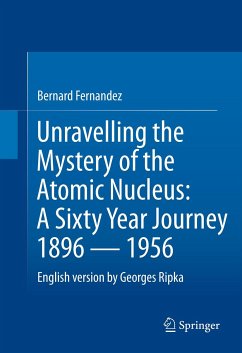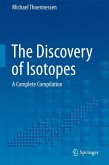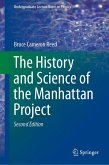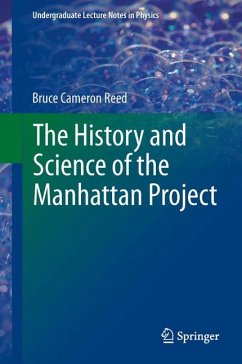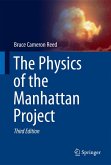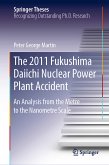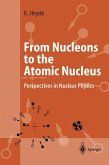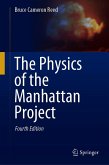The book is written in a clear and non mathematical language which makes it both accessible and instructive to laymen, physicists and students, as well as to historians of science. It delves into subjects which are of utmost importance for the understanding of matter in our universe and for understanding how this knowledge was achieved.
Dieser Download kann aus rechtlichen Gründen nur mit Rechnungsadresse in A, B, BG, CY, CZ, D, DK, EW, E, FIN, F, GR, HR, H, IRL, I, LT, L, LR, M, NL, PL, P, R, S, SLO, SK ausgeliefert werden.
"This work details the birth of nuclear physics in 1896 and its progression to maturity by the 1950s. ... Readers truly interested in the journey itself will be well pleased with the book ... . Using extensive quotations from primary sources and emphasizing experimental techniques and instrumentation, Fernandez brings the journey alive to deliver an authentic experience. ... It is an easy read, free of mathematics, and suitable for nonscientists. Summing Up: Highly recommended. Upper-division undergraduates through professionals; general readers." (P. Oxley, Choice, Vol. 50 (10), June, 2013)

